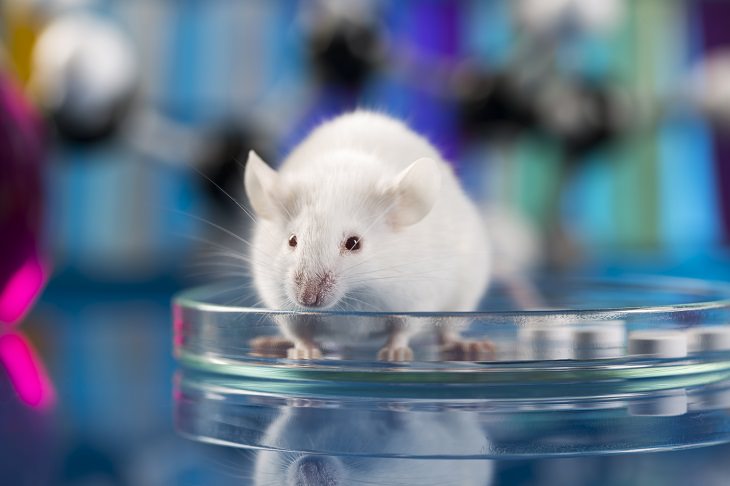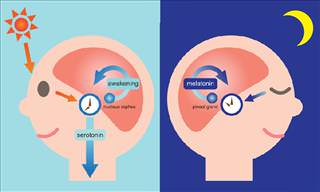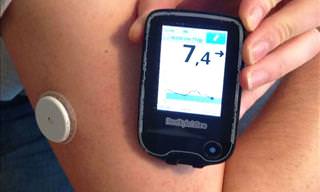In 2015, Australian researchers came up with a non-invasive ultrasound technology that clears the brain of neurotoxic amyloid plaques - structures that cause memory loss and a severe decline in cognitive function in Alzheimer's patients.
Alzheimer's disease usually occurs as a result of a build-up of two types of lesions - amyloid plaques, and neurofibrillary tangles. Amyloid plaques sit between neurons and end up as dense clusters of beta-amyloid molecules, a sticky type of protein that clumps together and forms plaques.
Neurofibrillary tangles can be found inside the neurons of the brain, and they are caused by defective tau proteins that clump together into a thick and insoluble mass. This causes tiny filaments (known as microtubules) to get twisted, which disrupts the transportation of essential materials such as nutrients and organelles along them.
Up until 2015 scientists were no closer to developing a vaccine or preventative measure for Alzheimer's - a disease that affects 50 million people worldwide. There had been a race to find out how to treat it effectively, starting with how to clear the build-up of defective beta-amyloid and tau proteins from the patient's brain. The major breakthrough finally came in 2015 when a team from the Queensland Brain Institute (QBI) at the University of Queensland came up with a pretty promising solution to removing the former.
Their research was publish in Science Translational Medicine, and the team described the technique as using a particular type of ultrasound known as focused therapeutic ultrasound, which non-invasively beams sound waves into the brain tissue. By oscillating very quickly, these sound waves gently open up the blood-brain barrier, which is a layer that protects the brain against bacteria, and stimulates the brain's microglial cells to activate. Microglial cells are waste-removal cells that are able to clear out the toxic beta-amyloid clumps responsible for the worst symptoms of Alzheimer's.
The team managed to fully restore the memory function of 75% of the mice that they tested this procedure on, with no damage to the surrounding brain tissue. They found that the treated mice displayed improved performance in three memory tasks - a maze, a test which got them to recognize new objects, and one that got them to remember the places that they should avoid.
Jürgen Götz, a member of the team, said "We're extremely excited by this innovation of treating Alzheimer's without using drug therapeutics. The word 'breakthrough' is often misused, but in this case I think this really does fundamentally change our understanding of how to treat this disease, and I foresee a great future for this approach."
It must be noted that mice have much thinner skulls than humans and thus this approach would need to modified accordingly before clinical trials can be undertaken in humans. The next step will be to carry out extensive testing in sheep, which will give the researchers a better understanding as to whether this technique would work in humans. The hope is that human trials can get underway in the very near future!
Source: sciencealert
 Go to BabaMail
Go to BabaMail

























